STEP 0.
Keep yourself safe, and your wallet safer
Keep yourself safe, and your wallet safer. I’ll go into more detail on how to do both in the last chapter of MORE SAFETY RULES. But they’re so important, so here’s a few words first.
- Don’t transfer money to anyone.
- Don’t get into a stranger’s car and don’t go to strange places alone.
- Don’t give out too much personal information, especially your address.
- Don’t give out too much personal information, especially your address. If necessary, tell a trusted friend in advance where you’re going.
Always remember that the other person is a stranger you haven’t met yet, not a future lover. It’s not worth giving up what you already have for a possibility.
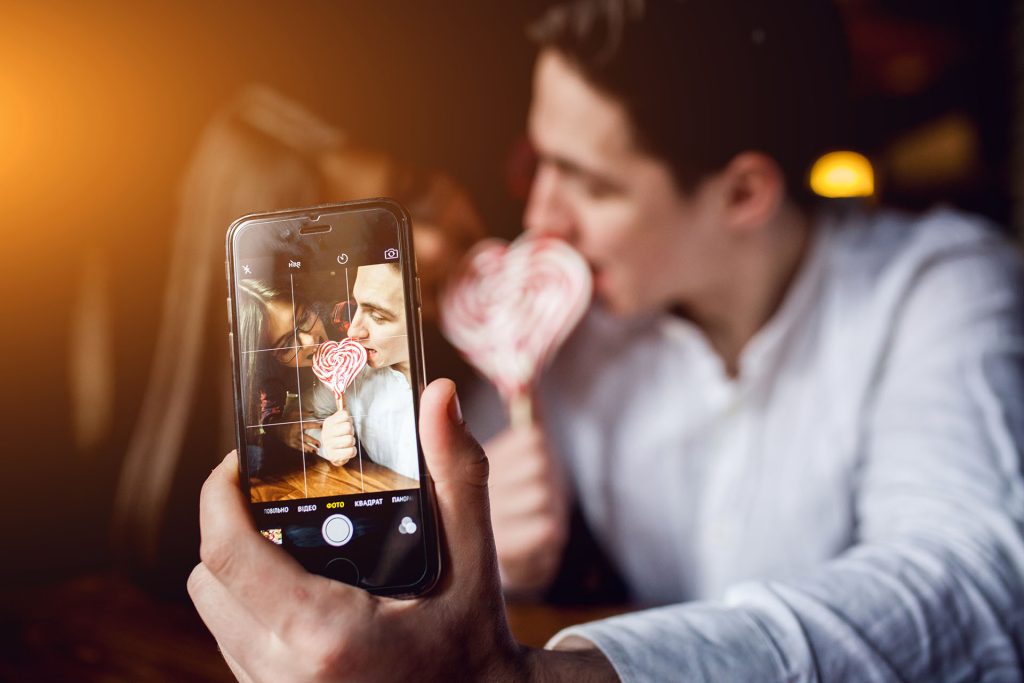
STEP 1.
Are you ready truly
A healthy adult relationship presupposes that all parties have fully developed themselves. However, many people enter an intimate relationship with an undeveloped sense of self or having given up parts of themselves.
So before jumping down the rabbit hole of online dating, take a look at your own life.
- Are you happy?
- Are you content?
- Are there other things you would rather be doing but aren’t?
- Are you happy? Are you fulfilled? Are there other things you’d rather be doing but aren’t? Is a relationship a real need for you, or is it a placebo to ease your anxiety?
If your life is in shambles, you’re probably using relationships as an escape from reality. However, falling in love won’t solve your underlying problems; it may even create more.
In any case, after reading and liking this post, I want you to go ahead and live your life.
Spend time alone, meet up with friends, do what you love, and pick up projects you’ve always wanted to do but put on hold. Face life’s problems head on and try to solve them. If you can’t solve them, objectively assess why.
The point of doing this is twofold:
A. Make sure relationships aren’t a pseudo-need.
Many people (including me, once upon a time) believe that intimate relationships are meant to fill a void in one’s life. While this view isn’t necessarily wrong, it magnifies the meaning of a relationship. It can cause you to hesitate when you should leave, feel anxious when you should relax, and give up when you should try.
After my last relationship ended, I made a female friend while birdwatching. She had a boyfriend at the time whom she met on a dating app. She was the kind of person who was always in love, while I had been single for a long time. I secretly envied her for that.
Then, I stopped using dating apps. During that time, I worked, played badminton, hiked, birdwatched, and organized my life so that it was full and happy. Still, I often felt lonely. I was certain of one thing: I needed intimacy.
So, I went back to the dating app and met my current boyfriend.
After that, my friend broke up with her boyfriend. She moved to a new house, got a roommate, and adopted both dogs and cats. She now spends all her time doing things she loves.
The last time we met, I asked her, “Do you want to be in a relationship now?”
She said, “Not at all.”
And that’s okay.
B. Establish the Baseline.
If you’re living well on your own, it’s also the perfect time to start a new relationship.
If you’re not doing well, you might settle for an unsuitable partner. However, if you’re living a good life, you’ll realize that you’d rather hang out with friends or be alone than spend time with your date, and you’ll choose to pull away. This is your baseline.
It’s like the more love a person receives growing up, the less likely they are to be PUA’d because they have developed the right baseline; it’s like a safety cushion that supports your emotions when you’re falling.
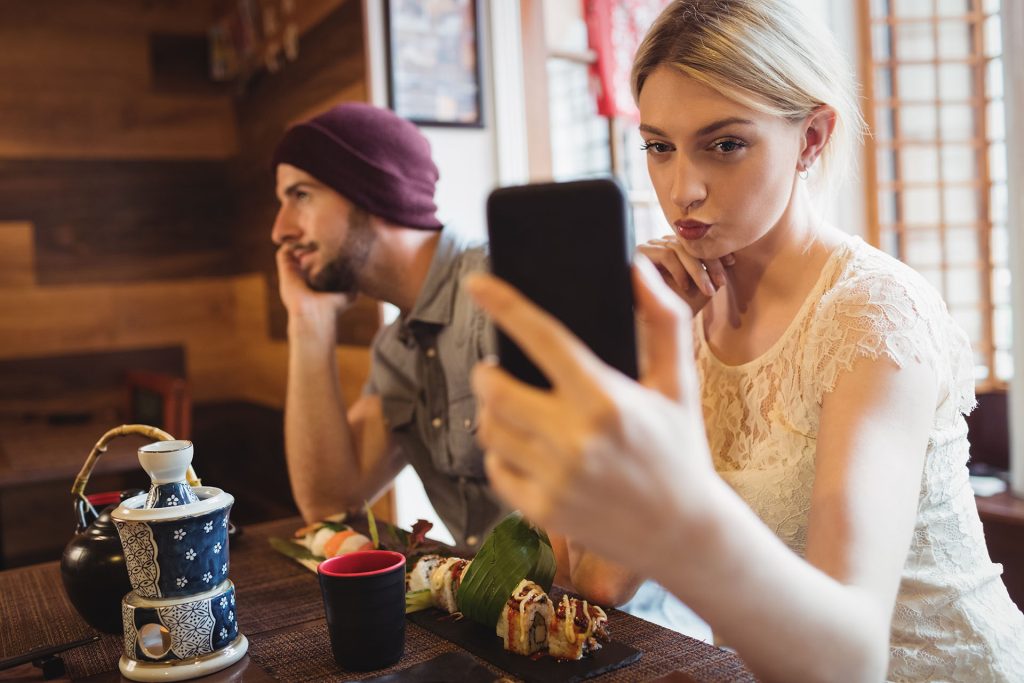
STEP 1.5
Create your bottom lines
Once you’ve made it clear that relationships aren’t pseudo-needs and established a baseline, another great tool is the bottom line. You don’t need to list specific items, but thinking about them can help you avoid wasting time with the wrong person or relationship.
My bottom line consists of two parts:
A. deal breaker
This is a nonnegotiable bottom line. Anyone with this trait is someone you need to turn your back on immediately. This can be very universal, such as drug use, violent tendencies, or a dislike of small animals, or it can be very specific and niche, such as having pinky fingernails or a bad attitude toward waiters.
We’re all adults here. These things don’t rub off in a relationship, and they’re hard to change.
B. General Goal
What are your relationship goals?
You don’t need to plan out your life down to the year you’ll get married or have a baby, but you should at least know what kind of relationship you’re looking for. For example, if you want a stable relationship but the other person wants to casually date, you should recognize that this may not be a worthwhile commitment. Similarly, if you want to be butch but the other person wants to have children, you should think carefully.
You don’t need to ask about these things on the first day, but if you realize that the other person doesn’t align with your goals, it’s better to move on. There’s no need to feel sorry for yourself because, as you’ll soon learn, there are plenty of fish in the sea.
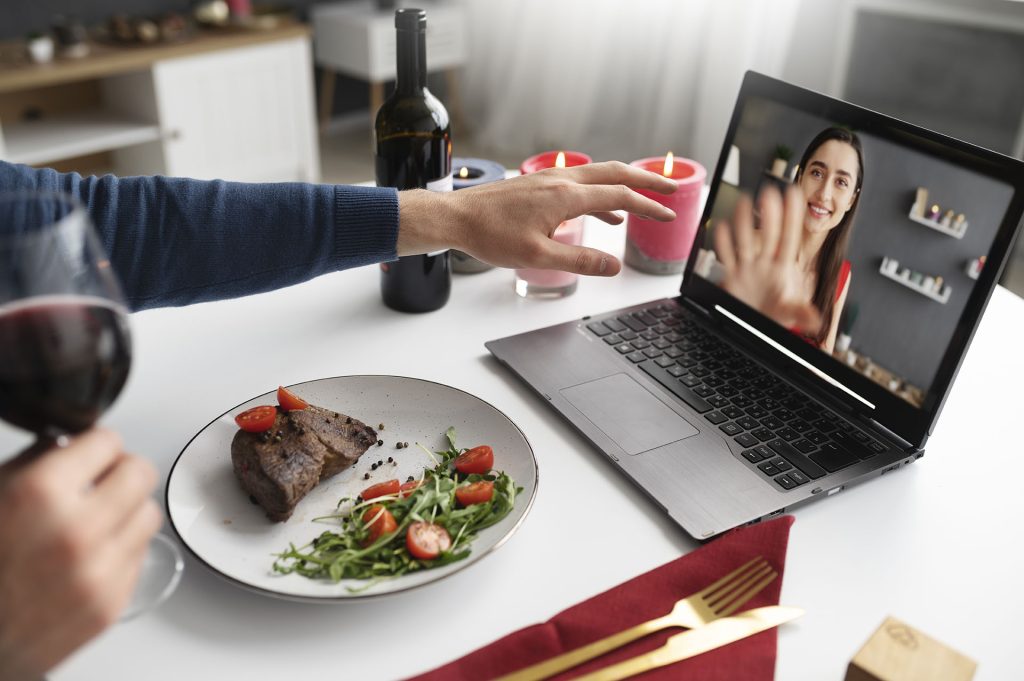
STEP 2.
Choose your battlefield
It may have taken weeks or even months to complete Step One, but that’s okay. Sharpen your knives! Step two is choosing your battlefield — that is, choosing the right dating software for you.
I won’t recommend any specific software, but I can provide a few criteria:
A. The larger the pool of users, the greater the probability of meeting the “right person.” Some niche programs (such as those advertised by bloggers on social media) are not widely used, so there may not be many active users.
B. The atmosphere and tone should suit you. After all, each app has different target users and interaction methods. Do some research in advance or download an app to get a feel for it and find the right one for you.
Let’s briefly evaluate the ones I’ve used (in order):
OkCupid: I like the question system that can “quantify” the degree of suitability between you and another person. It’s very popular in Europe and the US.
Bumble: I like two things about Bumble. One is that women send the first message (I prefer looking at each other’s profiles first and then asking questions). The other is the filtering function.
Tinder is the most user-friendly dating app I’ve ever used. There are a lot of choices, and you can swipe all the time. However, there are also a lot of scammers and strange people.

STEP 3.
Present yourself
No matter how fancy the software is, the profile section usually has two parts: a photo and text. My idea for a profile is that we all want to meet someone who loves us for who we are, so you should present yourself as you are. The more authentic you are, the easier it will be to find the right person.
To save time on online dating, don’t waste each other’s time by being dishonest. If you find out that you’re too different when you meet, you’ve wasted your time. If you’re looking for minor imperfections in others, remember that no one’s perfect. Not to mention, won’t you fart in front of each other in the future?
As for photos, I personally don’t mind using real photos of myself. I usually include one full-face shot, one full-body shot, and a few random ones. If you don’t want acquaintances to see them, at least provide clear reference photos. But your comfort comes first. Show what you want.
As for text, it’s kind of handy since I’m a wordsmith. If I were to make a suggestion, though, it would be to write about things that mean something to you. For example, if education and graduate school are important to you, include them.
- This is the first window for people to get to know you, and it’s good for everyone to be sincere and polite.
- It’s not a good idea to mix in too much negativity.
- This is also the text that others can refer to when they talk to you, so you can talk about your interests and what you’ve been doing lately to make it easier for each other to find things to talk about.
- Don’t try too hard. Don’t try too hard. Be yourself. You don’t have to attract people who can’t get you. It’s all about saving each other time and cost.
Remember, the purpose of a profile is to screen, not to make everyone like you.
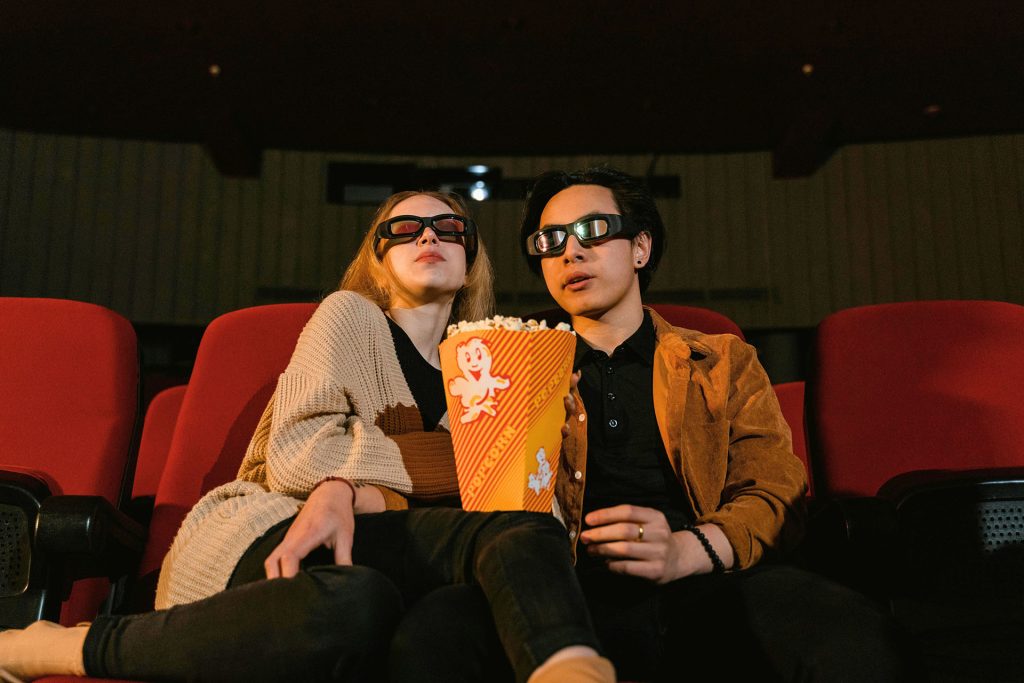
STEP 4.
How to swipe & 3-day rule
Online dating is a game of efficiency and time management. Ultimately, it’s not a chance encounter or a romantic novel; it’s a highly data-driven matching system.
So, when using it, I choose to work with the system, making decisions faster and more efficiently.
You might think this is unromantic, but I disagree. Is there anything more romantic than two people meeting under such demanding conditions?
A. The swiping principle
When you first start using a dating app, you may feel overwhelmed and think, “What if someone I really like doesn’t swipe right?” It’s okay; it’s a normal process, and you’ll get over it after a while. Read each other’s profiles carefully, keep our bottom line in mind, and swipe left on inappropriate messages. If the situation isn’t right, unmatch.
Remember, there are a lot of fish in the sea.
B. Should I open a membership?
If your financial situation allows, we recommend opening one. It can help you save time by filtering conditions and seeing who crossed you. However, there’s no need to subscribe for a long time. People on these apps don’t stay active indefinitely; odds are they’ll stop using the app within a week. Whether you use it or not just depends on whether you’re willing to spend the money to save time.
Ideally, you won’t need to use this membership for long; once you find the right people, you can uninstall the software. Otherwise, if you don’t use it, you’re prone to internal conflict.
C. The three-day rule
You can’t chat with someone online for more than three days; you have to meet in person after three days (or at least that week). I don’t believe in online dating or platonic relationships, so there’s no point in having an online relationship without an offline one.
Chemistry is a chemical reaction, and online and offline are two different things. The longer you talk online, the stronger your fantasies become, and the more disappointed you may be when you actually meet.
Also, online profiles are not real. I’ve met people who listed their height as 180 cm, but they were about the same height as me (I’m 168 cm). I’ve also met people who used photos from ten years ago. Three days is kind of like agile development in that it’s quick to meet, quick to unmatch, and quick to move on to the next person.
What if the other person doesn’t want to meet in person?
Maybe they just want to chat and aren’t looking for a date. Or maybe they’re hiding something, like an inaccurate profile. In either case, you can just unmatch.

STEP 5.
More safety rules
You don’t know what kind of person he is yet, and you haven’t interacted in person, so don’t let your guard down just because you’re having a good conversation. Think about it this way: Would you trust a stranger or a new friend the same way?
A. Principles for choosing a meeting place
I suggest meeting at a big mall or shopping area. You can choose the shopping district, and the other person can choose where to eat, or vice versa. This way, you can avoid being tricked into going to a secluded place or being invited to a dinner party. If the other person insists on eating at a certain restaurant, it raises suspicion.
B. Café Principle:
Don’t introduce your favorite café to the other person. Similarly, don’t introduce your favorite restaurant, bookstore, or bakery to the other person. First, you don’t know if they’re a good person who’s worth knowing about your favorite places. Second, you don’t want to end up having dinner with them if you never see them again, do you?
C. Other botched pig-killing plates
If you suspect a situation is a pig-killing dish, think about who the pig is in the situation, and you’ll know for sure.
I’ve encountered more diet pills targeting women, but I don’t know exactly how I’m going to be scammed. In any case, if someone suddenly starts talking about diet pills or herbal remedies, UNMATCH is right.
Also, when you come across photos of attractive men or women, use Google to recognize the pictures.
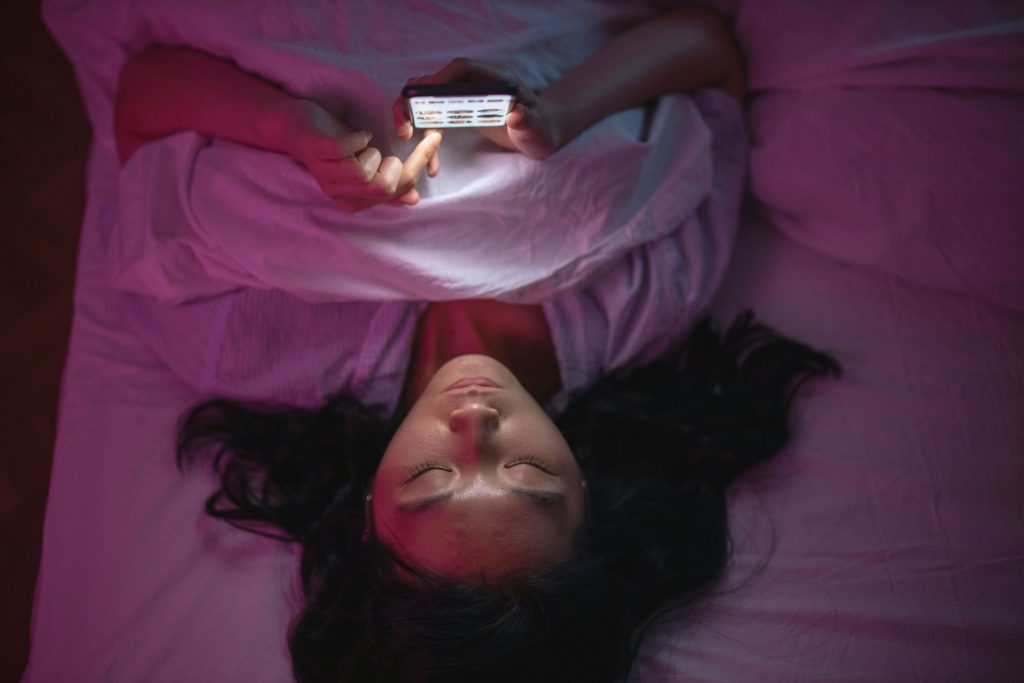
Conclusion
Online dating isn’t perfect, and it has its flaws.
But I still choose it again and again because it’s a real way for compatible people to meet, so they’re no longer limited by geography or time.
The biggest risk of online dating isn’t the process itself, but the fickleness of people. That’s why I’ve gone to extraordinary lengths to emphasize the importance of finding yourself.
Your completeness doesn’t need to be proven by love.
Your happiness doesn’t need to be fulfilled by a significant other.
The most important thing is to guard your right to choose.
In short, I hope you find the relationship you truly want, whether with someone else or with yourself.
Have fun and be safe!

